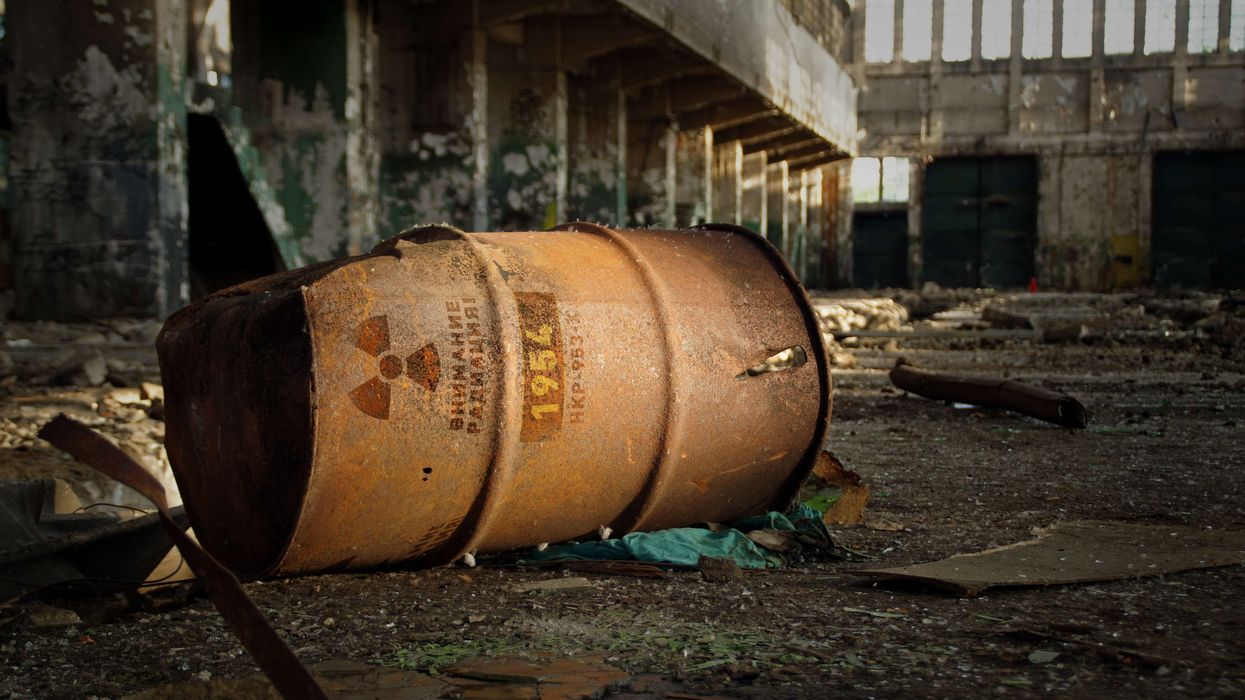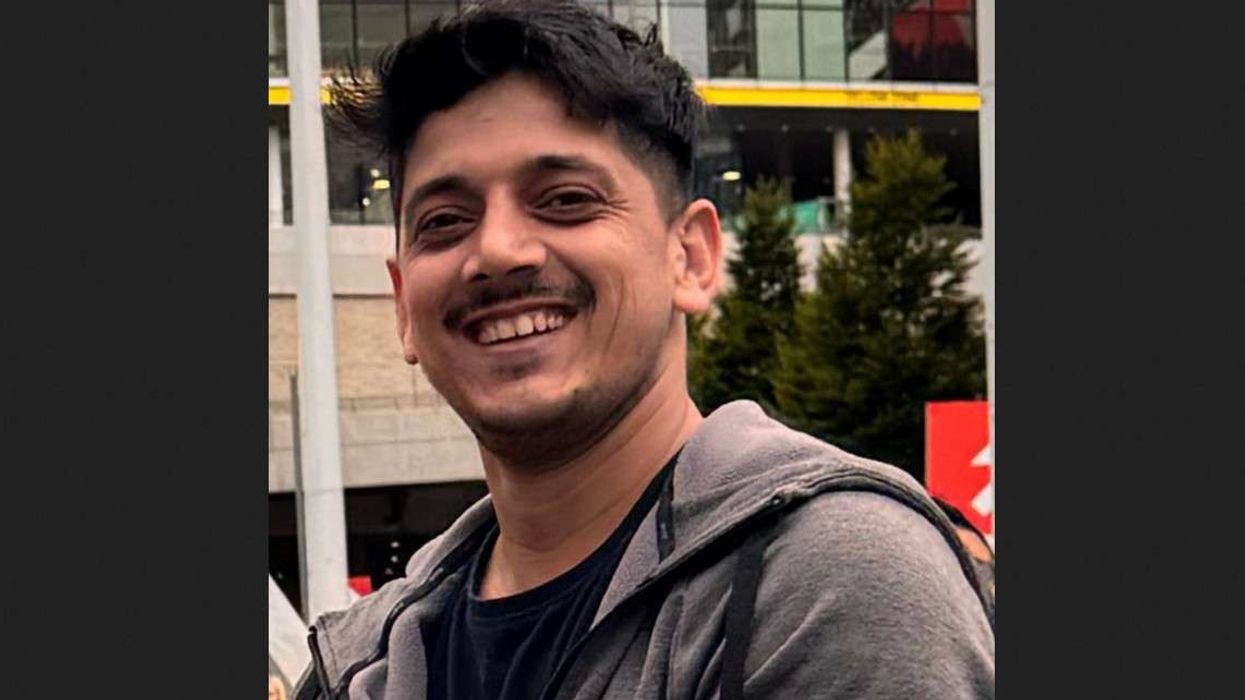DR YUSUF HAMIED has confirmed Cipla, his pharma company in India, has been given a licence to manufacture a new anti-Covid pill called Molnupiravir.
Some reports have described the drug as a “game changer”. “It controls mild to medium Covid and could be used as a pre-exposure prophylaxis,” said Hamied. This refers to treatment given or action taken to prevent disease.
Hamied said the drug is made by American pharma giant Merck, which is seeking emergency approval from the United States Food and Drug Administration (FDA).
Merck announced that “an antiviral pill it’s developing can cut hospitalisations and deaths among people with Covid-19 by half. The results haven’t yet been peer reviewed. But if the drug candidate, Molnupiravir, is authorised by regulators, it would be the first oral antiviral treatment for Covid-19. By contrast, the other currently authorised drugs must be delivered intravenously or injected.”
Hamied is confident the drug will become available in the UK after getting the green light from the Medicines and Healthcare products Regulatory Agency
(MHRA).
“The raw materials for the drug are made under contract in India,” he pointed out.
“It is their (Merck’s) invention. It is their monopoly. They are charging a price for their monopoly. And in India, they’ve licensed eight companies, including Cipla, to cater to India. We are free to market at whatever price we want, which is a big, big, big, big favour.”
He added: “In America, they’ve kept the price for a five-day course of treatment at about $700 (£506). In India, the price should be around $20.”
Since Molnupiravir is in the form of a pill, Hamied speculated: “Like a vaccine you get protection. This will be very useful for the anti-vaxxers. Those who have not taken the vaccine would certainly benefit from this. I don’t know whether they would object to taking a tablet. Maybe 10 per cent will. But I don’t think, by and large, the anti-vaxxers will object.”
Although Cipla is among Indian pharmaceuticals manufacturing Molnupiravir, it has yet to be approved for use in India.
On pricing, Hamied recalled “what Cipla did for AIDS 20 years ago. We marketed it at $1 a day. In AIDS, there were three chemicals made by three different companies. They couldn’t put it all together. I put it all together in one tablet. So instead of an AIDS patient taking 12 tablets a day, it came down to two tablets a day – sunrise and sunset.”
He went on: “Perhaps ultimately – and I stress the word ‘ultimately’ – we will be able to treat Covid also at $1 a day. It is like what happened with hepatitis C. The American price was $84,000 –and the Indian price $250.”
Hamied said although Merck was first out with Molnupiravir “two other companies were close behind with something similar. It can’t be identical. One is Pfizer, the other is Roche.”
Hamied’s long term view is that “Covid has come to stay. Like you’ve got flu, you will have Covid for the rest of our lives. How serious or not it’s going to be is another question. But I have a funny feeling that like you talk about pneumonia, you talk about flu, you will have Covid also for life.”
News of Molnupiravir appeared in the New York Times. A report by Rebecca Robbins said: “The drug maker Merck said that its pill to treat Covid-19 was shown in a key clinical trial to halve the risk of hospitalisation or death when given to high-risk people early in their infections.
“The strong results suggest that a new wave of effective and easy-to-use treatments for Covid will gradually become available in the United States, though supply is likely to be limited at first. Merck said it would seek emergency authorisation from the Food and Drug Administration for its drug,
known as Molnupiravir, as soon as possible. The pills could be available by late this year.
“Merck’s drug would be the first pill to treat Covid-19; it is likely to be followed by a number of other antiviral pills that other companies are racing to bring to market. They have the potential to reach more people than the antibody treatments that are being widely used in the United States for highrisk patients.”
The report quoted Merck’s chief executive, Robert Davies, who said the anti-viral pill “hopefully can take what is potentially a life threatening situation with Covid and make it manageable”.
Another New York Times report, by Stephanie Nolen, who covers global health for the paper, said that “news this month that an antiviral medication had proved effective against the coronavirus in a large clinical trial has brought new hope of a turning point in the pandemic: a not-too-distant future when a simple pill could keep infected people from dying or falling severely ill.
“The drug, Molnupiravir, made by Merck, is easy to distribute and can be taken at home. The trial results showed it halved the risk of hospitalisation and death among high-risk people early in their infections.”
The report continued: “Unlike the vaccine manufacturers Pfizer and Moderna, which have resisted calls for licence agreements to let overseas manufacturers make their shots, Merck will allow generic manufacturers in India to sell the pills at a far lower price in more than 100 poorer countries. Most nations in sub-Saharan Africa, where vaccination rates are as low as 3 per cent, are covered by
the deal.
“Merck was criticised two decades ago for selling its HIV drugs at prices unaffordable in Africa. This time, the company recognised the imperative of widening access early.”
Jenelle Krishnamoorthy, Merck’s vice president for global policy, told the paper: “We really did have a responsibility that, if this drug was found to be a safe and effective oral drug that someone could take at home, we need to make sure that, especially in low and middle-income countries where they don’t have the strongest health care systems, that this would have very wide access.”
The report backed up Hamied’s price predictions: “The voluntary licences the company negotiated with the Indian drugmakers offer the possibility that governments in the poorest nations could buy Molnupiravir for well under $20 per five day course, compared with $712 in the US deal.”
The report said “if early antiviral treatment is made available globally, it could reduce spread”.
“Then you have fewer health systems incapacitated and a greater economic recovery for the benefit of everyone,” said Brook Baker, a law professor at Northeastern University who is part of a therapeutics access effort led by the WHO. Even from a somewhat self-interested perspective, it’s short-sighted and counterproductive not to ensure access to these medicines.”












